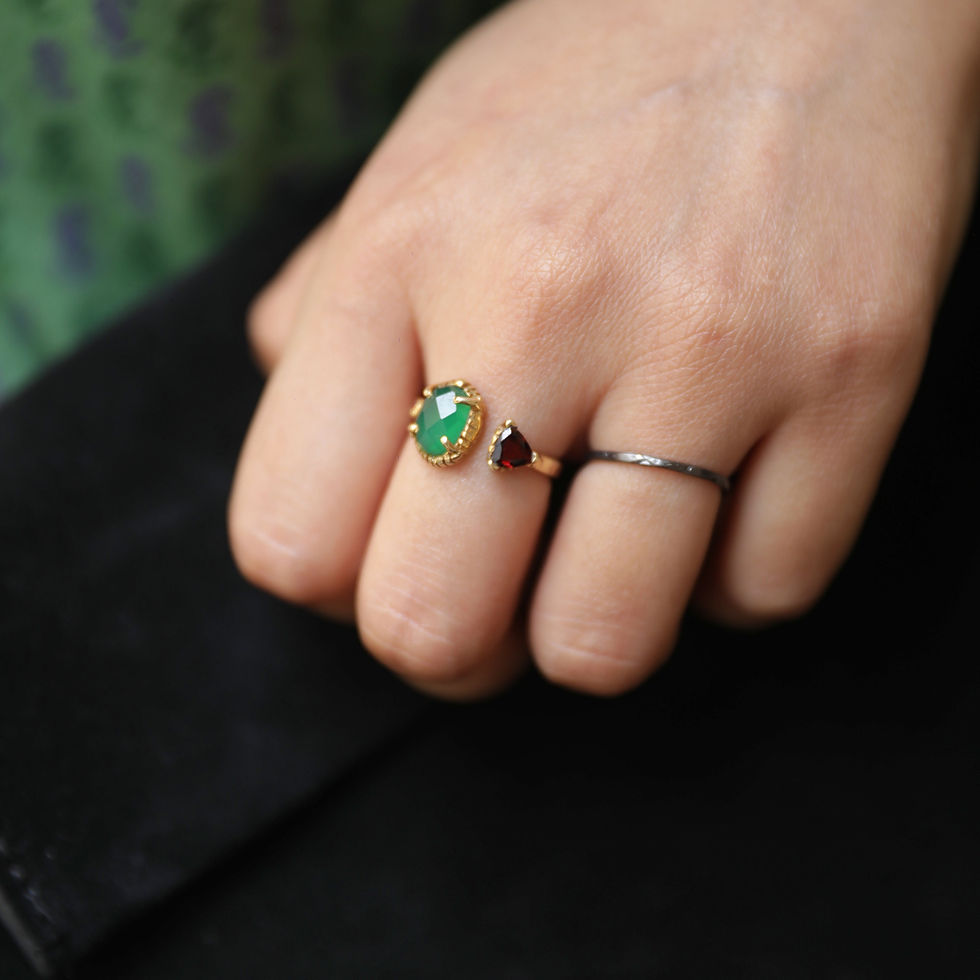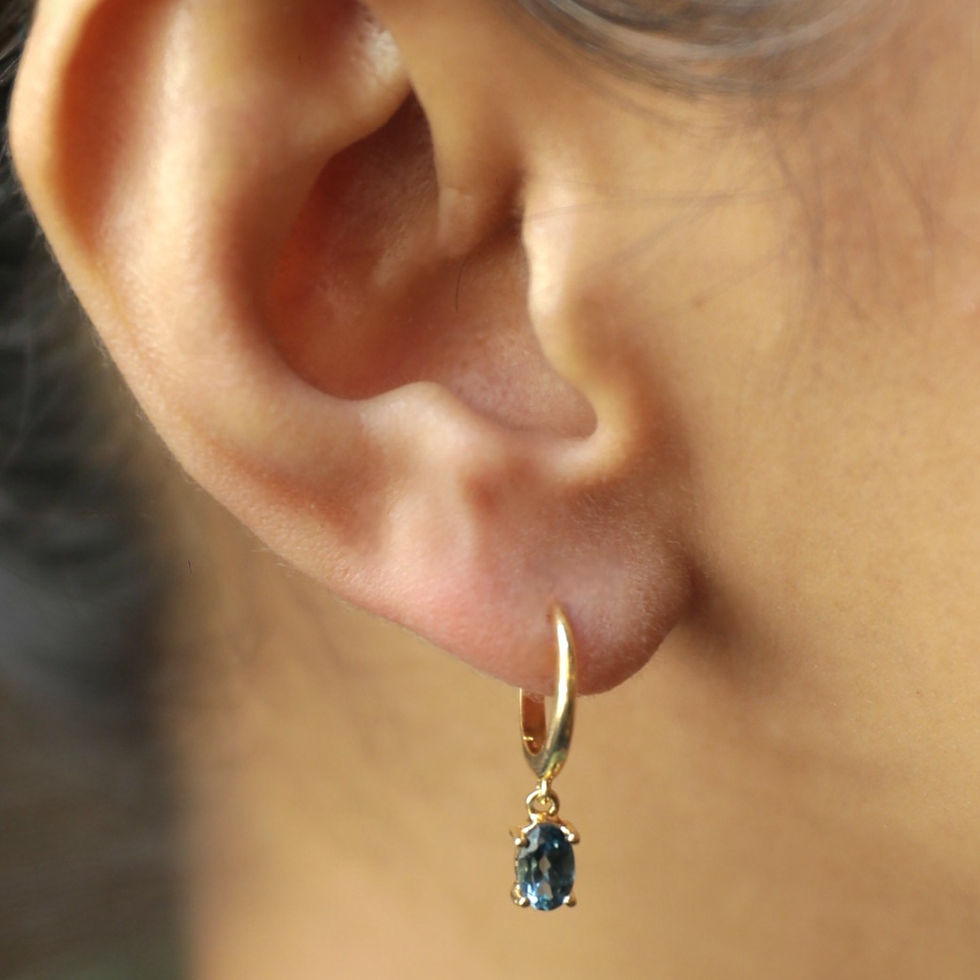Kasthamandap Pin
“Kasthamandap is Nepal’s heritage defined, a witness to its history and evolution as a nation for almost a thousand years— and likely more. No other traditional building in Nepal could compete in size, antiquity or cultural impact. It must not be allowed to perish.”- Dr. Mary Slusser, Art historian, Anthropologist & Archaeologist who introduced Kathmandu’s Newa art and culture to the world.
However, Kasthamandap did perish in the Nepal Earthquakes of 2015.
Considered at least 900 years old, and possibly more than 1000 years old, at the time of the 2015 earthquakes, Kasthamandap was oldest and largest traditional communal building in the heart of Kathmandu.
It was believed, Kasthamandap was built out of a single Sal tree and had neither nails nor rivets holding it together. The structure was a time-capsule of old Kathmandu, capturing within its inscriptions, statues and enormous pillars the existence of the two (three?) townships of Yangla/ Yambu, the association with Pachali Bhairav, the rise and longevity of the Gorakshyanath cult, the gradual merging of local townships into the unified city-state of Kasthamandap (which is now Kathmandu), the rise of Nepal Bhasa as a state language, the long-standing Buddhist connections, the dual-kingship sometimes in effect during the Malla era, the continuation of centuries-old Licchavi system of coinage/weights, and the importance of guthi associations still so very relevant in Kathmandu.
Text from: http://www.rebuildkasthamandap.com/
Visit the above link to get an in-depth information about the historic building and an updated insight on attempts to rebuild Kasthamandap.


















